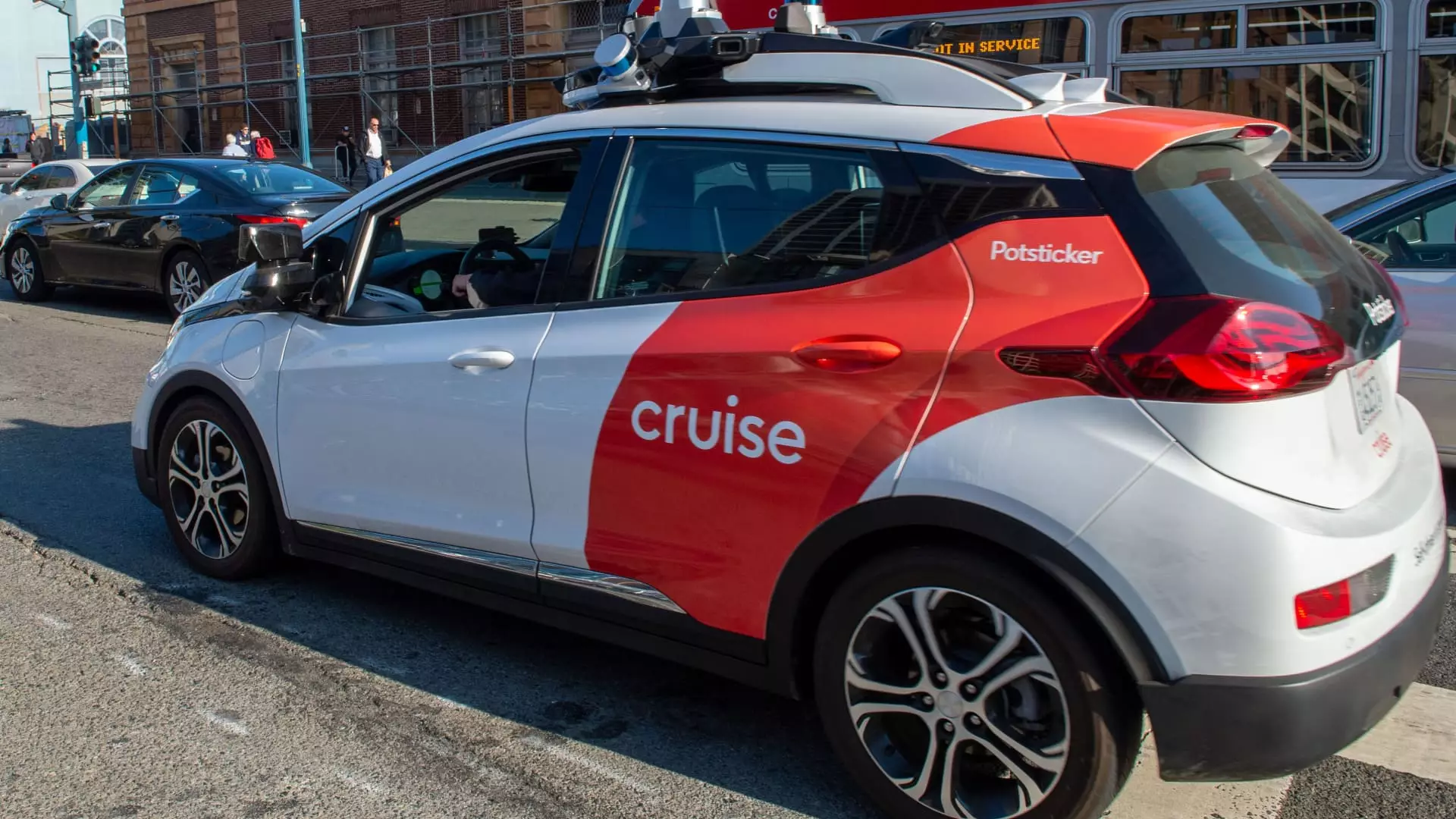General Motors’ Cruise division has recently announced substantial layoffs, a move emblematic of the turbulence faced by autonomous vehicle (AV) companies. The decision to cut roughly half of its workforce comes in the wake of a strategic pivot away from robotaxis, as GM shifts focus towards integrating autonomous technology into personal vehicles. With a hefty investment of over $10 billion since acquiring Cruise in 2016, these layoffs are a painful reminder of the realities and challenges of the autonomous vehicle industry.
The restructuring within Cruise signals more than just a workforce reduction; it represents a significant recalibration of the company’s strategic direction. As Cruise President Craig Glidden noted in an internal communication, the transition from a ride-hailing model to a broader aim of delivering personal autonomous vehicles necessitated a significant overhaul in staffing and resources. This shift points to the recognition that while the concept of autonomous taxis captured public imagination, turning it into a profitable business model proved far more complex.
With around 2,300 employees as of last year, the workforce cutback highlights the difficulties in sustaining operations within a sector still grappling with regulatory uncertainties, technological hurdles, and public acceptance. As the company prepares to support the affected employees with severance packages and career assistance, it raises questions about the long-term viability and direction of Cruise within the GM ecosystem.
The impending departures of key executives—including Marc Whitten, CEO of Cruise—further complicate the narrative. The leadership shake-up not only reflects the company’s introspection regarding its direction, but it also highlights the inherent challenges in steering a nascent and evolving industry. The decision to retain Mo Elshenawy as president and CTO until the end of April suggests that the company is keen on ensuring a smooth transition, but it also raises concerns about the stability of Cruise’s vision moving forward.
Leadership is critical in any corporate setting, but in the context of a high-stakes field like autonomous vehicles, it becomes even more vital. The issues of leadership inadequacy were underscored by reports suggesting cultural shortcomings and misguided regulatory strategies within Cruise, identified through independent investigations. These internal struggles not only hindered the company’s operational efficiency but also branded it with a perception of negligence that could alienate public trust.
Cruise’s troubles were compounded by scrutiny following an incident in October 2023 that involved a serious accident involving one of their robotaxis. As investigations revealed shortcomings in the company’s approach to regulation and safety, it became clear that public perception of autonomous vehicles would be profoundly affected by such incidents. The fallout from this event, alongside subsequent regulatory investigations, could stymie efforts to re-establish credibility within the marketplace.
The transition towards personal autonomous vehicles seems aimed at restoring public confidence and aligning with GM’s broader strategic goals. However, this transition is fraught with challenges. The question remains whether consumers are ready to accept autonomous technology in their personal vehicles after witnessing the issues that arose from robotaxi operations.
As GM pivots to focus on personal autonomous vehicles, it must balance innovation with public safety and regulatory compliance. The path forward involves not only technological advancements but also a concerted effort to rebuild trust with consumers and regulators. This necessitates a culture of transparency and accountability—qualities that the reports suggested were previously lacking.
Ultimately, the story of Cruise is indicative of the broader struggles faced in the AV industry. Pioneering technologies often face a mercurial market and the weight of public scrutiny, underscoring the importance of adaptable strategies, robust leadership, and effective communication.
In this new chapter, the ability of Cruise to harness its technological prowess while fostering a responsible and transparent approach to autonomous vehicles will determine its fate. As GM takes stock of this pivot, the potential for recovery and innovation remains, albeit against the backdrop of substantial challenges and lessons learned from its recent past.

